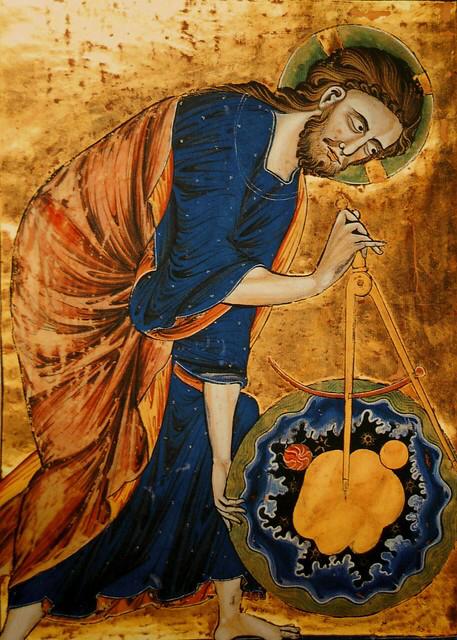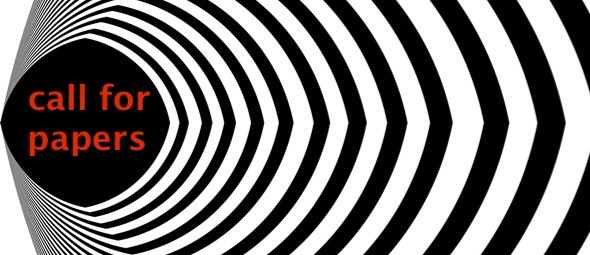Call for Papers: On Maps, Kunstlicht Vol. 41 (2020), No. 2-3.
Managing Editor: Anna Sejbæk Torp-Pedersen
Deadline for proposals: this Call for Papers is now closed.

Cartography is a Western science which emerged in the seventeenth-century. Cartography’s origins in the Western world is still crucially evident in the standardised projection of the world map with north at its top and Europe at its centre. Furthermore, modern cartography became a discipline simultaneously with the formation of the ‘nation-state,’ a geographical emblem of Modernism. As cartography became a tool of nationalism, it too became an instrument for domination and control, tethered to the imperial project. Thus, cartography is not merely an image, but essential for the development of ideologies such as nationalism and western hegemony.
Map-making was practiced centuries before the origins of cartography, which standardised map making as a graphic representation of the world from a bird’s-eye perspective (or a god-like perspective). The western definition of maps is limiting to all the ways they have been interpreted and produced prior to cartography’s invention as a discipline and non-Western modes of mapping. Maps can be spoken and performed, they can be walked and depict our inner emotional lives. However, in recent literature ‘mapping’ largely remains a metaphor despite the increasing number of artists utilising them (in all of their forms).
One does not have to look far to find examples of recent artistic mapping practices. Consider Ariane Littman’s Wounded Map (2011) in which the artist cuts fragments of official maps of the Green Line between Israeli settlements and Palestinian villages, covers them with sterile bandages and plaster, before sewing them back together again. Or think of the multiple practices of counter-mapping where Indigenous Peoples reclaim the land they inhabited long before Western imperialism spread its tentacles. Many artists have also questioned borders with the use of maps. The artist Pedro Lasch handed out maps to people who were to cross the US-Mexico border in 2003. The maps were red borderless projections of the North and South American continents with the words ‘Latino/a America’ imprinted on it. Upon return to their final destination, the migrants returned the maps to Lasch. The few maps he received bears marks of the journeys, narrating a story of migration through the folds and dirt on the paper.
This call for papers encourages writing on maps, whether that be critiques of celebrated historical maps, artists’ interpretations of new cartographies, essays which expound the art historical writing on maps, or critical insights to why we are repeatedly presented with geographical investigations of our world. We want to welcome writing on cartography which does not turn the blind eye to the map itself, its history, and its continued utilisation as an instrument of power.
Yet, other research is also welcomed, to consider, for example, why an increasing number of artists utilise maps in a time of heightened focus on migration (both in academia and gallery spaces)?; How can we understand mapping beyond ideas of nation-states?; How do we gain tools to talk about mapping practices within art history, tools in which we deal with cartography rather than utilise it as a metaphor?; And how, when incorporating mapping into art history do we also expand its framework into other mediums?; Can films be treated as a cartographic environment of journeys and landscapes?; And how, if possible at all, do we overcome cartography’s bird’s-eye perspective upon the world, and instead describe it as something intimate, vulnerable, bodily, or even, as ‘soft’?
Proposals (200-300 words) with attached résumés can be submitted until April 27th 2020 via redactie@tijdschriftkunstlicht.nl. Selected authors will be invited to write a 2,000–3,000-word paper (excluding footnotes).
Authors who publish in Kunstlicht will receive three complimentary copies. Unfortunately, Kunstlicht is not able to provide an author’s honorarium. Two articles will be selected to be available online. Two years following publication, papers will be submitted to the freely accessible online archive. The editorial board reserves the right to decline contributions.
Anna Sejbæk Torp-Pedersen obtained a MA in Contemporary Art History program from the Vrije Universiteit, Amsterdam, and completed her BA in Art History from The Courtauld Institute of Art, University of London. She has previously focused on Scandinavian identity and the region’s historical amnesia. Her current research touch upon issues of cartographic representations and migration.
Kunstlicht is an academic journal for visual art, visual culture, and architecture, founded in 1980. It is affiliated with the Arts & Culture department of the Vrije Universiteit Amsterdam, but operates from an independent foundation. Kunstlicht is published three times a year, and features both scholarly and artistic contributions.

